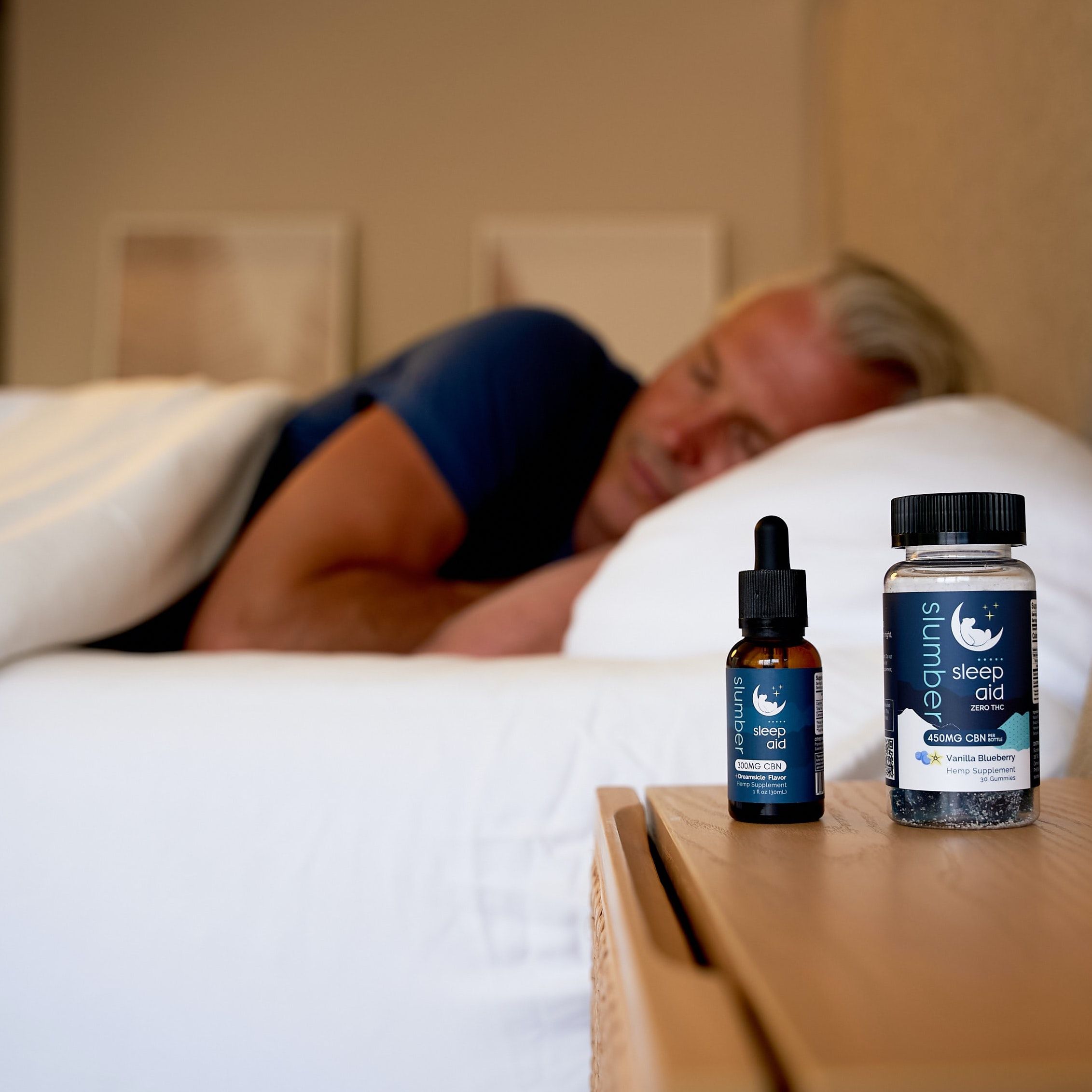Article
Older Adult Men Report Worse Sleep Health Than Women Over Time
Author(s):
Data show older men and women are getting less and less sleep. However, women are much more likely to report such issues than men, despite faring slightly better in polysomnography tests.

Older men are getting, on average, worse sleep than older women. But they may just not know it.
Older adult men report less mean nightly sleep time and worse sleep efficiency per polysomnography tests than women, according to new longitudinal cohort data that show gender may be a greater correlate to older-age sleep health than chronic conditions like obstructive sleep apnea.
In new research findings from the Sleep Heart Health Study, a team of US investigators observed trends of decreasing sleep time and greater arousal rates among aging men and women. They additionally observed that women were more likely to report subjective measures of poor sleep than men—despite polysomnography tests indicating the opposite to be true.
An investigation team led by Mark L. Unruh, MD, MSc, of the Renal-Electrolyte Division at the University of Pittsburgh Medical Center, reviewed data from the Sleep Heart Health Study, designed to assess cardiovascular consequences and natural history of sleep-disordered breathing through a longitudinal cohort. The trial included 6441 men and women aged ≥40 years old recruited from various cardiovascular and respiratory clinical trials and cohorts, analyzed from 1995 to 1998.
Unruh and colleagues included the original participant cohort, excluding those with missing demographic or clinical characteristics relevant to their assessment. The final sample included 5407 participants. They sought to examine the extent of association between age and subjective and objective sleep quality, independent of chronic conditions.
As they explained, many studies have reported polysomnography-based sleep outcomes featuring only a small rate of “healthy” older adults, sometimes used as assessment control populations.
“These studies have examined sleep parameters in older adults without known medical or psychiatric chronic health conditions or sleep apnea, but the majority of older adults in the community have at least one chronic health condition,” Unruh and colleagues wrote. “The limited generalizability of these studies that examined only ‘healthy participants’ makes it difficult to assess the extent to which subjective and objective sleep parameters are associated with ‘usual aging.’”
Their assessment included unattended home polysomnography and sleep questionnaires completed by patients, per the 8-item Epworth Sleepiness Scale (ESS) in which scores ≥10 indicate significant sleepiness.
Of the population, 52.3% were female and approximately 83% were White. A majority of participants (61.6%) were ≥50 years old. Participants reported a mean approximate BMI of 28.3; the most common chronic conditions were hypertension, obesity, and chronic heart disease. Men were twice as likely to report sleep disordered breathing per Respiratory Disturbance Index score >15.
Sleep efficiency scores gradually decreased by age, from a mean score of 85.6 among women aged 39 - 49 years old, to 77.8 among those aged ≥80 years old; men reported similar trends. Women reported better sleep efficiency and longer mean sleep time in nearly every age category. The average amount of sleep was 20 minutes shorter for men than women across a participants lifespan.
In findings adjusted for participant race, use of hormone replacement therapy, smoking history, sleep apnea and chronic health conditions, total sleep time and adjusted sleep efficiency were still significant decremental with older age in both genders. However, investigators did not observe a link between age and sleep latency, and arousal index was significantly higher among older participants.
Among both men and women, older age was linked to significantly longer wake time after sleep onset when adjusted for race, smoking history, sleep apnea, and chronic health conditions.
In measures of self-reported sleep habits and quality, women reported greater rates of trouble falling asleep (P = .02), waking up during the night (P = .09), and not getting enough sleep (P <.001) than men for every age group. Investigators additionally observed ESS score declines and sleeping medication increases associated with older age.
“The higher prevalence of chronic health conditions, including sleep apnea, in older adults did not explain changes in sleep parameters with aging and age–sex differences in these relationships, although the age–sex differences were consistent with a meta-analysis and previous studies in smaller samples of middle-aged to older men and women,” investigators wrote.
The team concluded that the analysis of the Sleep Heart Health Study suggested a strong association between older age and each of subjective sleep issues, shorter total sleep time per polysomnography and increased arousals.
“A number of interventions have been found to improve sleep parameters in older adults, including behavioral interventions, biofeedback, management of stress and grief, and use of benzodiazepines and melatonin,” they wrote. “Although there is not a material change with older age in the weak correlation between polysomnography findings and self-report, it is important for clinicians to recognize the discordance between sleep complaints and findings from polysomnography.”
The study, “Subjective and Objective Sleep Quality and Aging in the Sleep Heart Health Study,” was published online in Journal of the American Geriatrics Society.





